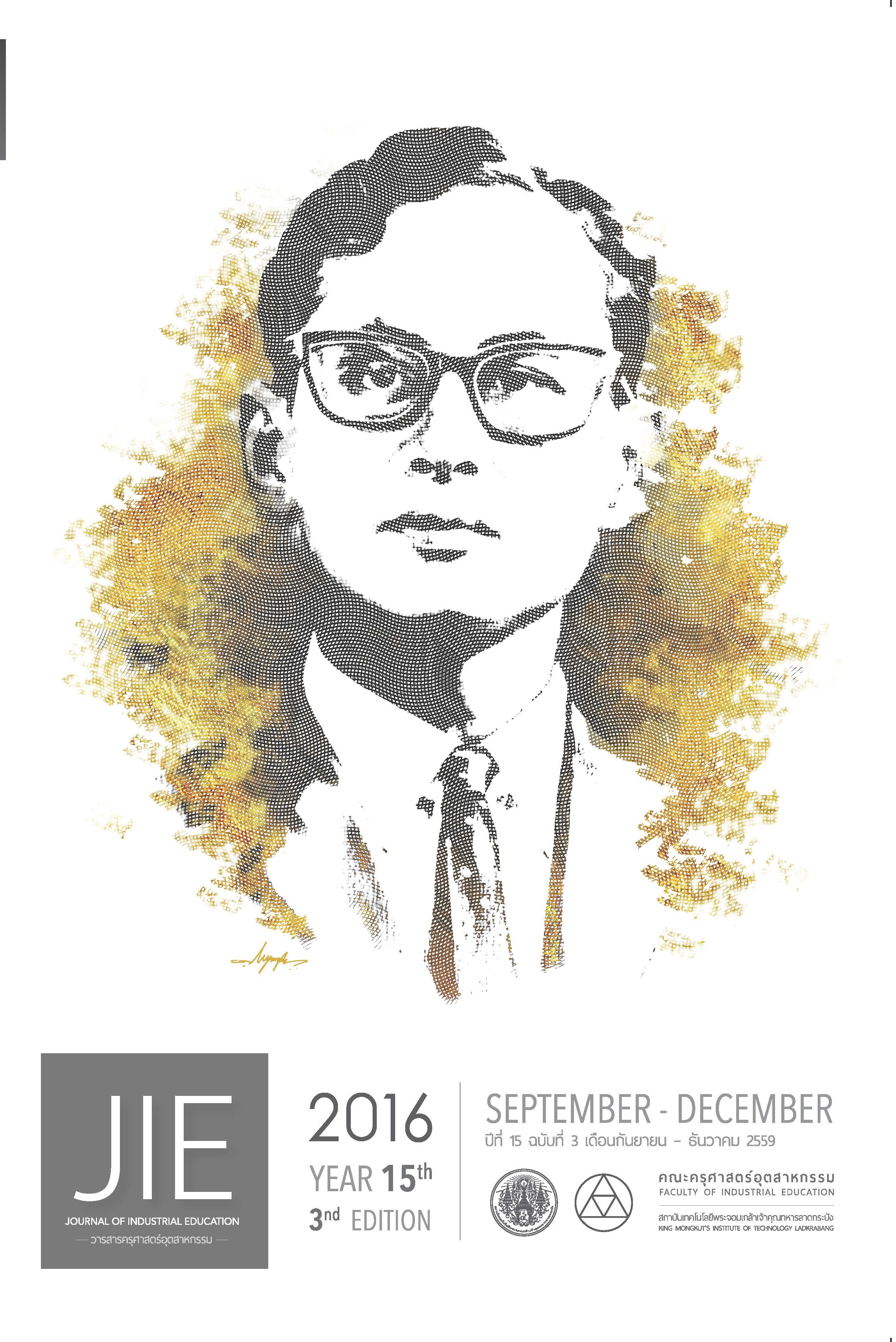GENDER DIFFERENCES IN PERCEIVED AND ACTUAL USE OF COGNITIVE AND METACOGNITIVE STRATEGIES IN AN ENGLISH READING TEST
Keywords:
gender, cognitive strategies, metacognitive strategies, English reading testAbstract
This study aimed to investigate gender differences in perceived and actual use of cognitive and metacognitive strategies in an English reading comprehension test. The samples of the study were 250 grade 10 Thai students. First, the students were asked to report their strategy use through a perceived strategy use questionnaire. Two weeks later, the same group of students took the reading test. After finishing the test, they immediately responded to an actual strategy use questionnaire. The data were analyzed by one-way MANOVA. The findings indicated that there were gender differences in perceived strategy use. Females reported using cognitive strategies more often than males did, but gender differences were not found in perceived use of metacognitive strategies. Furthermore, there were no gender differences in the actual use of cognitive and metacognitive strategies in the reading test. The results suggest that gender may not play a significant role in how students use cognitive and metacognitive strategies in a reading test.
References
[2] Hsu, S.-c. 2006. The reading strategiesused by EFL technical students. Journal of Nanya, 157-174.
[3] Ok, L. K. 2003. The relationship of school year, sex and proficiency on the use of learning strategies in learning English of Korean junior high school students. Asian EFL Journal, 1-36.
[4] Xue, S. 2015. Language learning strategy use of Chinese EFL students in relation to gender. Sociology and Anthropology, 3(5), 259-268.
[5] Afsharrad, M., Benis, S., & Reza, A. 2015. Differences between monolinguals and bilinguals/males and females in English reading comprehension and readingstrategy use. International Journal of Bilingual Education and Bilingualism, p.1-18.
[6] Kasimi, Y. 2012. Cognitive and metacognitive strategies employed by Iranian and Turkish EFL readers.International Association of Research in Foreign Language Education And Applied Linguistics, 1(3), 159-174.
[7] Young, D. J., & Oxford, R. L. 1997. A gender- related analysis of strategies usedto process written input in the nativelanguage and a foreign language. Language Learning, 8(1), 26-43.
[8] Alsheikh, N. O. 2011. Three readers, three Languages, three Texts: The strategic reading of multilingual and multiliteratereaders. The Reading Matrix, 11(1), 34-53.
[9] Lee, Y.-J. 2012. Korean universitystudents’ use of metacognitive strategies for online reading comprehension. US-China Foreign Language, 10(4), 1085-1097.
[10] Yamane, Taro. 1967. Statistics, An Introductory Analysis, 2nd Ed., New York: Harper and Row.
[11] Bachman, L. F., & Palmer, A. S. 1996. Language testing in practice: Designing and developing useful language tests. Oxford: Oxford University Press.
[12] Oxford, R. L., & Burry-Stock, J. A. 1995.Assessing the use of language learning strategies worldwide with the ESL/EFL version of the strategy inventory forlanguage learning (SILL). System, 23(1), 23.
[13] Mayers, A. 2013. Introduction to statistis and SPSS in Psychology. Edinburgh: Pearson.
[14] Stevens, J. 1996. Applied multivariate statistics for social sciences. New Jersey: Lawrence Erlbaum Associates.
[15] Denton, C. A., Wolters, C. A., York, M. J.,Swanson, E., Kulesz, P. A., & Francis, D. J. (2015). Adolescents' use of reading comprehension strategies: Differenes related to reading proficiency, gradelevel, and gender. Learning and Individual Differences, 37(2015), 81-95.
[16] Asgarabadi, Y. H., Rouhi, A. & Jafarigohar, M. 2015. Learners' gender, reading comprehension, and reading strategies in descriptive and narrative macro-genres. Theory and Practice in Language Studies, 5(12), 2557-2564.
[17] Gao, X. 2006. Understanding changes in Chinese students' uses of learning strategies in China and Britain: A socio-cultural re-interpretation. System, 34, 55-67.
[18] Nourdad, N. 2015. Gender and major differences in test-taking strategies and EFLreading test performance. International Journal of English Language, Literature and Humanities, II(IX), 361-373.
[19] Weiying, W. 2006. Gender differences in using reading strategies. CELEAJournal, 29(6).
[20] Phakiti, A. 2003. A closer look at gender and strategy Use in L2 Reading. Language Learning, 53(4), 649-702.
[21] Oxford, R. 1996. Afterword. What have welearned about language learning strategies around the world? In R. L. Oxford (Ed.), Language learning around the world: cross- cultural perspectives (pp. 75-88). Honolulu: University of Hawaii, Second language teaching & curriculum center.
[22] Salahshour, F., Sharifi, M., & Salahshour, N. (2013). The relationship between language learning strategy use, language proficiency level, and learner gender. Social and Behavioral Science, 70(2013), 634-643.
[23] Derakhshan, A., & Nazari, H. 2015. The implication of reading strategies in EFL/ESL contexts. International J. Soc. Sci. & Education, 5(3), 431-436.
[24] Cohen, A. D. 1998. Strategies in learning and using a second language. London: Longman.
[25] O'Malley, J. M., & Chamot, A. U. 1990. Learning strategies in second language acquisition. Cambridge: Cambridge University Press
[26] Bacon, S. M. 1992. The relationship between genders, comprehension processing strategies and cognitive and affective response in foreign languagelistening The Modern Language Journal, 76(2), 160-178.
[27] Katsuda, C & Lynch, R. 2013. A Study of Learning Styles, Motivation for Learning, and Student Achievement among Thai University Students Studying Japanese as a Foreign Language at King Mongkut’s Institute of Technology Ladkrabang. Journal of Industrial Education. 12(1), p. 178-158.
Downloads
Published
How to Cite
Issue
Section
License
"The opinions and contents including the words in papers are responsibility by the authors."
"ข้อคิดเห็น เนื้อหา รวมทั้งการใช้ภาษาในบทความถือเป็นความรับผิดชอบของผู้เขียน"



